Home>Ideas and Tips>Tips For Choosing The Right Bedding For Comfort
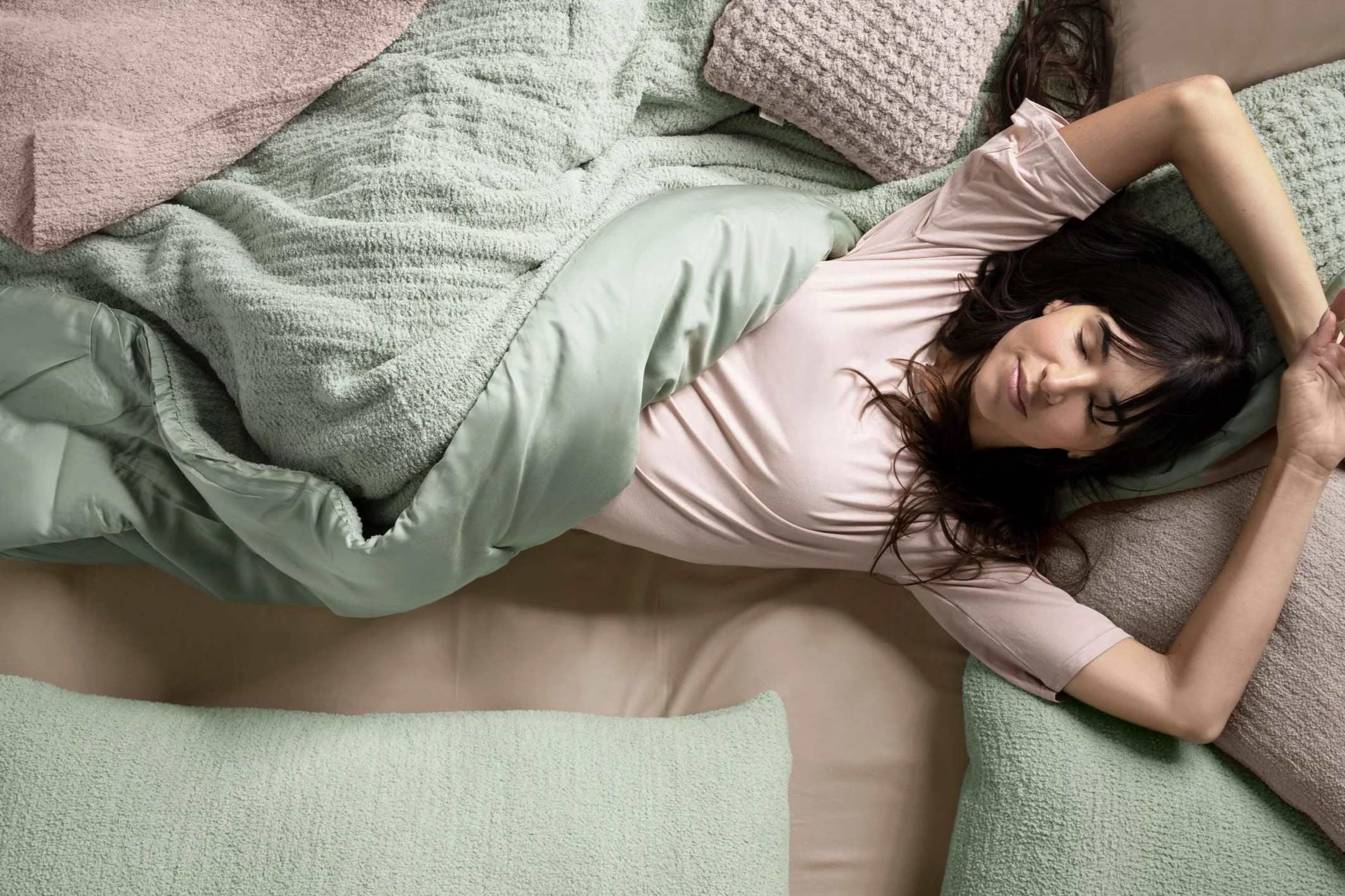

Ideas and Tips
Tips For Choosing The Right Bedding For Comfort
Published: November 3, 2024
Discover how to choose the perfect bedding for ultimate comfort with our expert tips on materials, thread count, sleeping styles, and more.
(Many of the links in this article redirect to a specific reviewed product. Your purchase of these products through affiliate links helps to generate commission for Storables.com, at no extra cost. Learn more)
Creating a comfortable and inviting bedroom hinges on one crucial element: bedding. The right bedding can make all the difference in how well you sleep and how refreshed you feel in the morning. But with so many options out there, choosing the right bedding can feel like finding a needle in a haystack. So, how do you pick the perfect bedding for comfort? Let's break it down.
Understanding Your Sleeping Style
First things first, know your sleeping style. Are you a side sleeper, back sleeper, or stomach sleeper? Each position has unique needs for support and pressure relief.
-
Side Sleepers: Side sleepers need a softer mattress and a higher loft pillow to keep their spine aligned. They also benefit from a mattress with good pressure relief to avoid discomfort in the shoulders and hips.
-
Back Sleepers: Back sleepers require a medium-firm mattress that provides adequate support for their spine. A medium-thick pillow is ideal to keep their neck in alignment.
-
Stomach Sleepers: Stomach sleepers need a firmer mattress to keep their hips and shoulders aligned. A thin pillow or no pillow at all is recommended to avoid pushing their head too far forward.
Materials and Fabrics
The material and fabric of your bedding play a significant role in its comfort level. Different materials offer varying levels of breathability, softness, and durability.
-
Cotton: Cotton is one of the most popular bedding materials due to its breathability and softness. It comes in various weights (thread counts) ranging from lightweight summer sheets to heavy winter blankets.
-
Linen: Linen is another natural fiber known for its breathability and cooling properties. It's ideal for warm weather but can be less soft than cotton.
-
Bamboo: Bamboo bedding is gaining popularity due to its eco-friendly nature and moisture-wicking properties. It's often blended with other materials like cotton or polyester.
-
Microfiber: Microfiber is synthetic but offers excellent softness and durability at an affordable price point. It's often blended with other materials like cotton or polyester.
-
Silk: Silk bedding provides luxurious comfort but can be expensive. It's hypoallergenic and breathable but may require dry cleaning.
Thread Count
Thread count refers to how many threads are woven into one square inch of fabric. Higher thread counts generally indicate softer and more durable bedding.
-
Low Thread Count (150-200): These are usually made from coarse threads and may not be as soft or durable as higher thread counts.
-
Medium Thread Count (200-400): This range offers a good balance between softness and durability at an affordable price point.
-
High Thread Count (400-600): Higher thread counts generally provide softer fabrics but can be more expensive.
-
Very High Thread Count (600+): These are often marketed as luxurious but may not always justify the higher cost in terms of actual comfort improvement.
Weave Patterns
The weave pattern also affects the comfort level of your bedding. Common weave patterns include:
-
Plain Weave: This is the most basic weave where two sets of yarns cross each other at right angles. It provides good airflow but may not be as soft as other patterns.
-
Twill Weave: This weave has a diagonal pattern which makes it stronger than plain weave but less breathable.
-
Jacquard Weave: This advanced weave allows for intricate designs and patterns which can add aesthetic value but may not necessarily improve comfort unless specifically designed for breathability or softness.
Fill Power
For pillows, fill power is crucial in determining their loft and ability to maintain shape over time.
-
Down Fill: Down pillows are known for their loftiness but may lose shape quickly if not properly fluffed or if filled with low-quality down feathers.
-
Synthetic Fill: Synthetic pillows mimic down but retain their shape better over time without losing loft quickly.
Allergy Sufferers
If you or someone in your household suffers from allergies, it's crucial to choose hypoallergenic bedding materials that resist dust mites, mold, and mildew.
- Hypoallergenic Fabrics: Look for fabrics treated with hypoallergenic coatings or those naturally resistant like silk or bamboo.
Care Instructions
The care instructions can significantly impact how comfortable your bedding remains over time.
-
Machine Washable: Easy-to-clean bedding is essential for maintaining hygiene without much hassle.
-
Dry Cleaning Required: Some luxurious fabrics like silk require dry cleaning which can be costly and inconvenient.
Budget Considerations
Bedding comes in a wide range of prices depending on materials, quality, and brand reputation.
-
Budget-Friendly Options: Affordable options like microfiber blends offer great value without breaking the bank.
-
Mid-Range Options: Mid-range options often provide better quality at an affordable price point making them ideal for most consumers.
-
Luxury Options: High-end bedding made from luxurious materials like silk or high-thread-count cotton offers unparalleled comfort but comes at a higher cost.
Brand Reputation
Choosing a reputable brand ensures that you're getting quality products designed with comfort in mind.
- Research Brands: Look up reviews online or ask friends/family members about their experiences with different brands before making a purchase decision.
Read more: How To Wash A Bed Comforter
Seasonal Considerations
Different seasons require different types of bedding to maintain optimal comfort levels:
-
Summer: Lightweight cotton or linen sheets are ideal during summer months due to their breathability and cooling properties.
-
Winter: Thicker blankets made from materials like wool or fleece provide warmth during colder months.
Conclusion
Choosing the right bedding involves considering multiple factors including your sleeping style, material preferences, thread count, weave patterns for pillows, fill power for pillows if applicable (especially if using down), hypoallergenic properties if necessary due to allergies within household members; ease-of-care instructions; budget constraints; brand reputation; seasonal needs; among others discussed above in detail throughout this article titled “Tips For Choosing The Right Bedding For Comfort” by Storables – Your Home Improvement Guide
Was this page helpful?
At Storables.com, we guarantee accurate and reliable information. Our content, validated by Expert Board Contributors, is crafted following stringent Editorial Policies. We're committed to providing you with well-researched, expert-backed insights for all your informational needs.
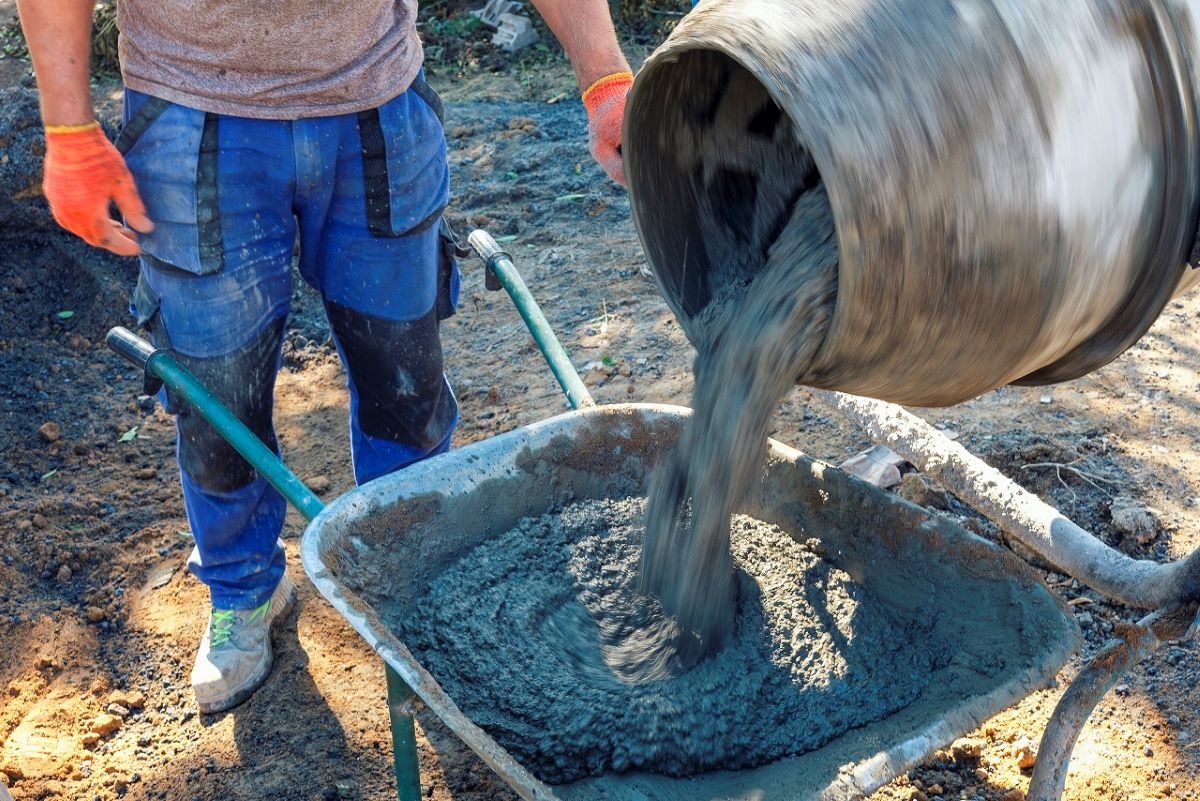

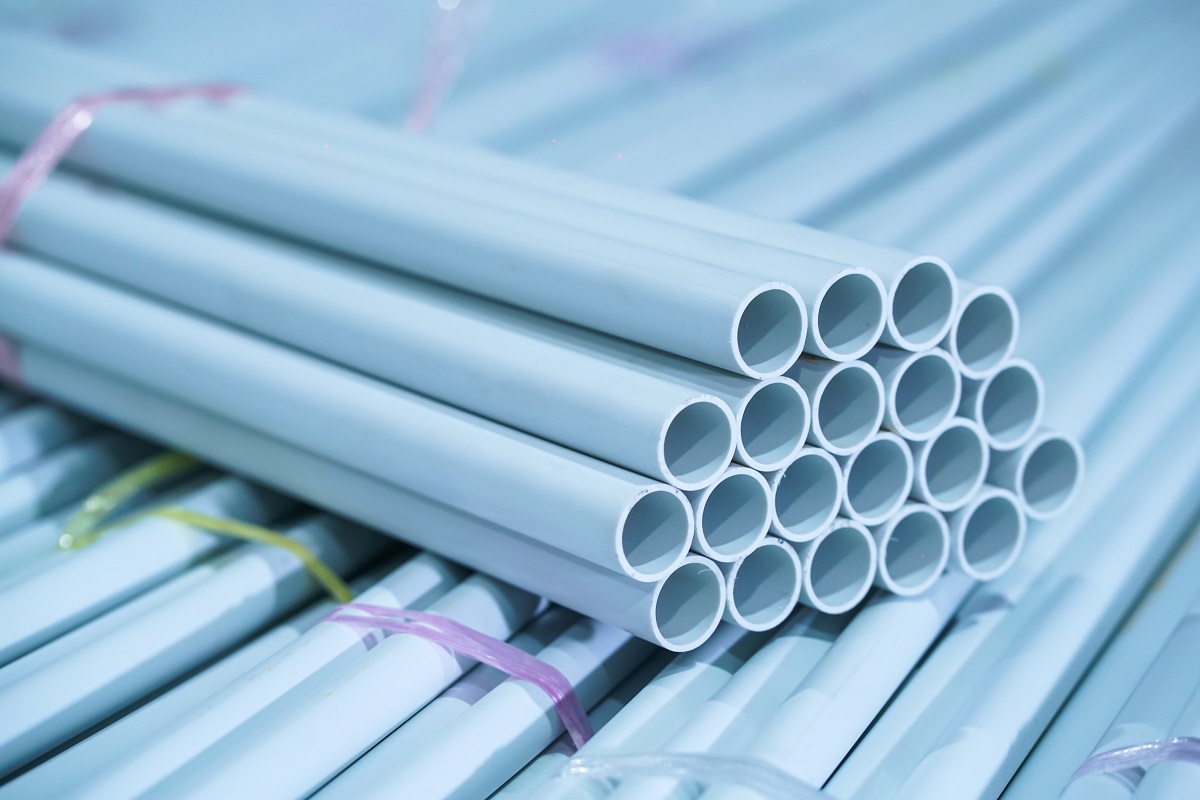
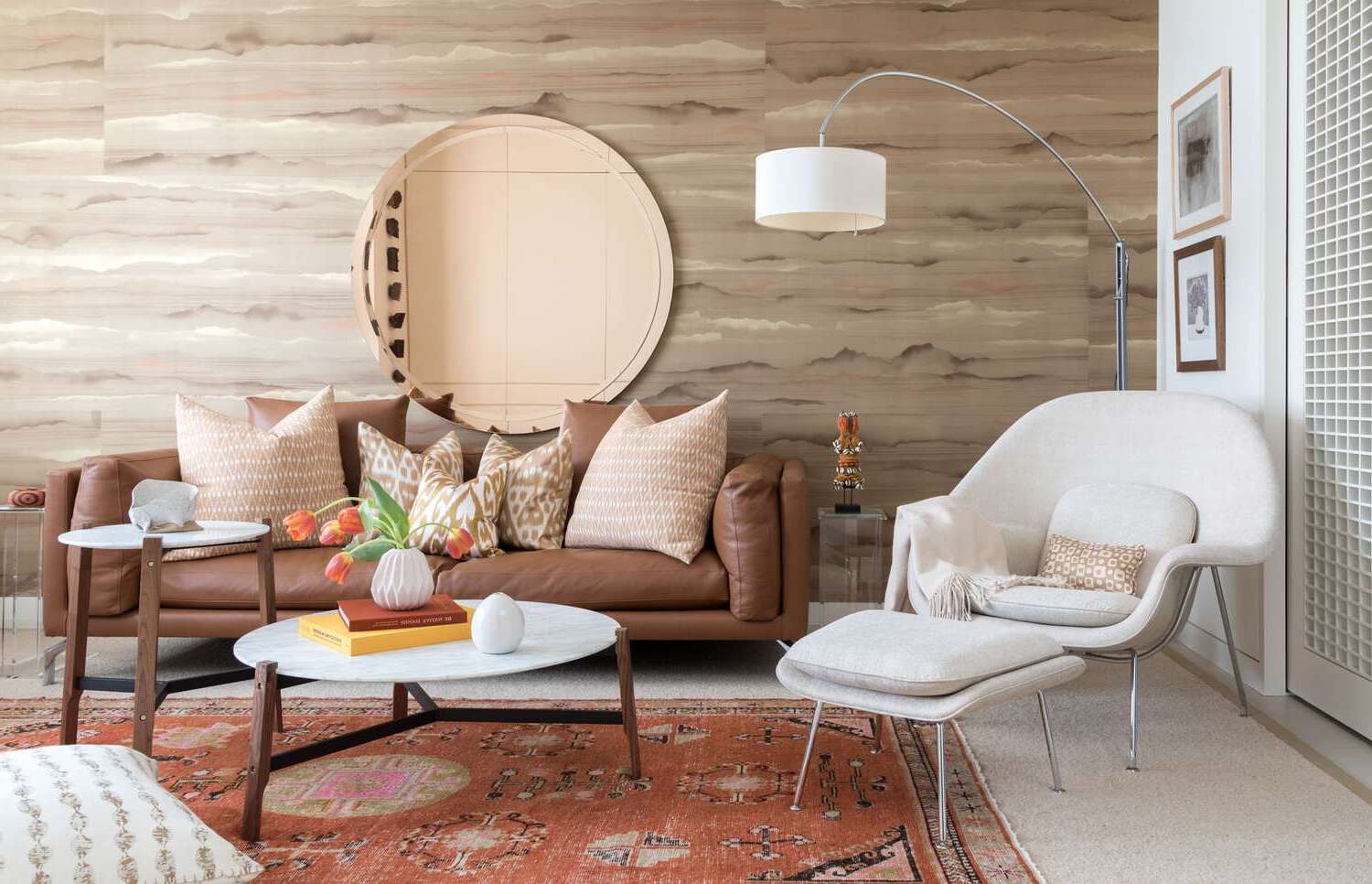
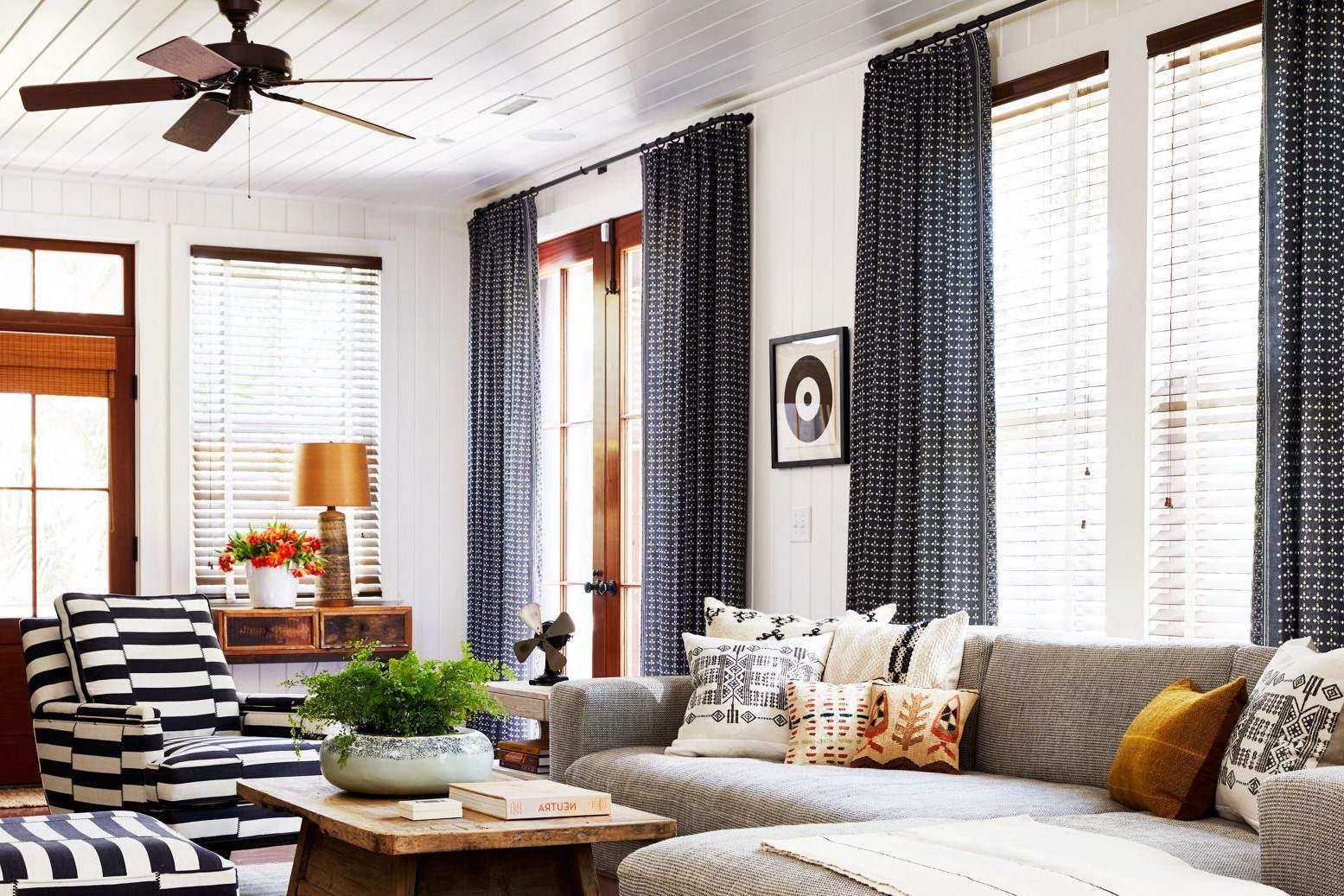
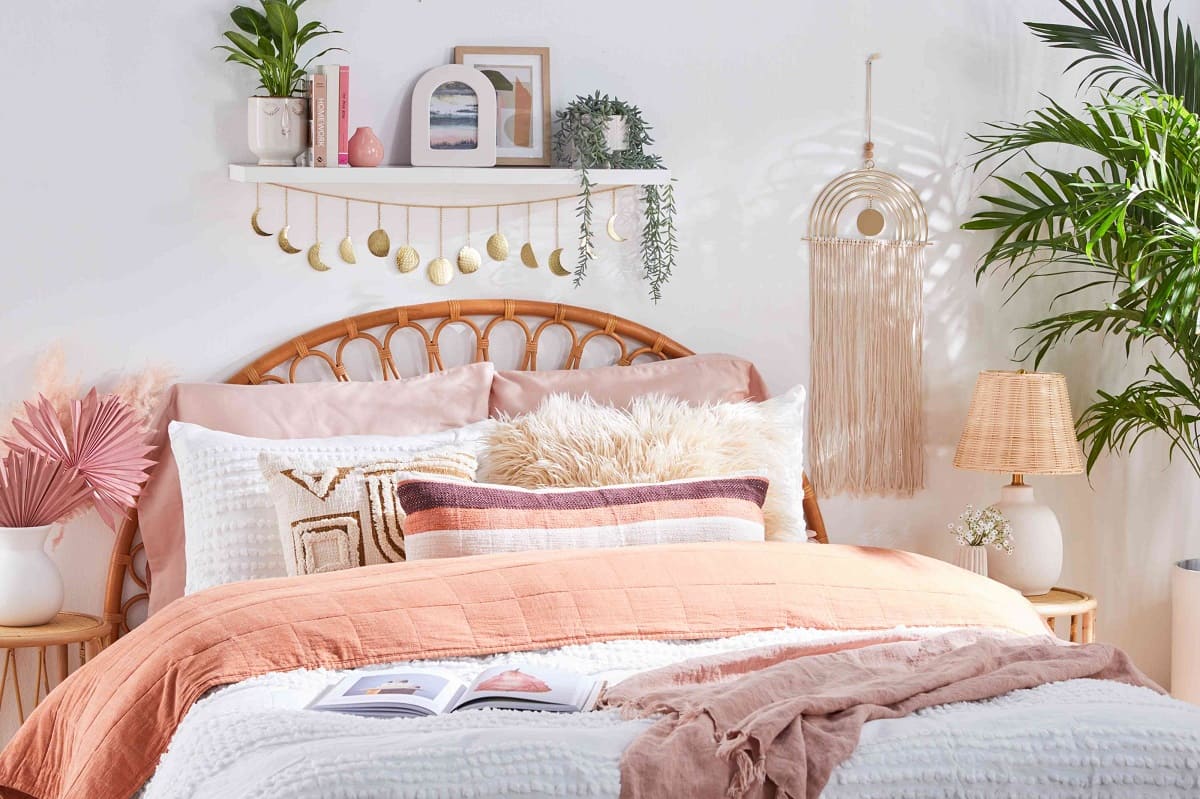
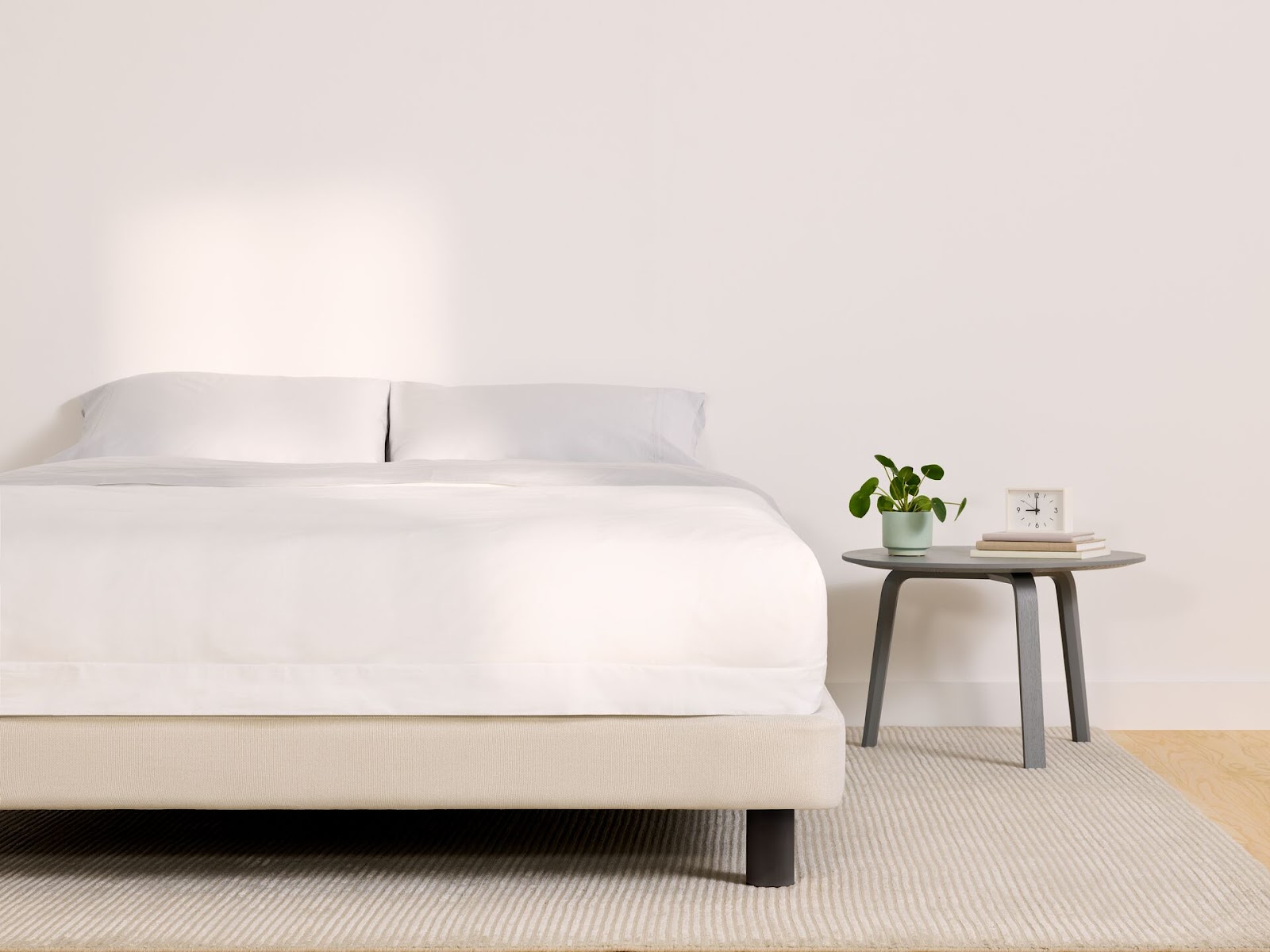
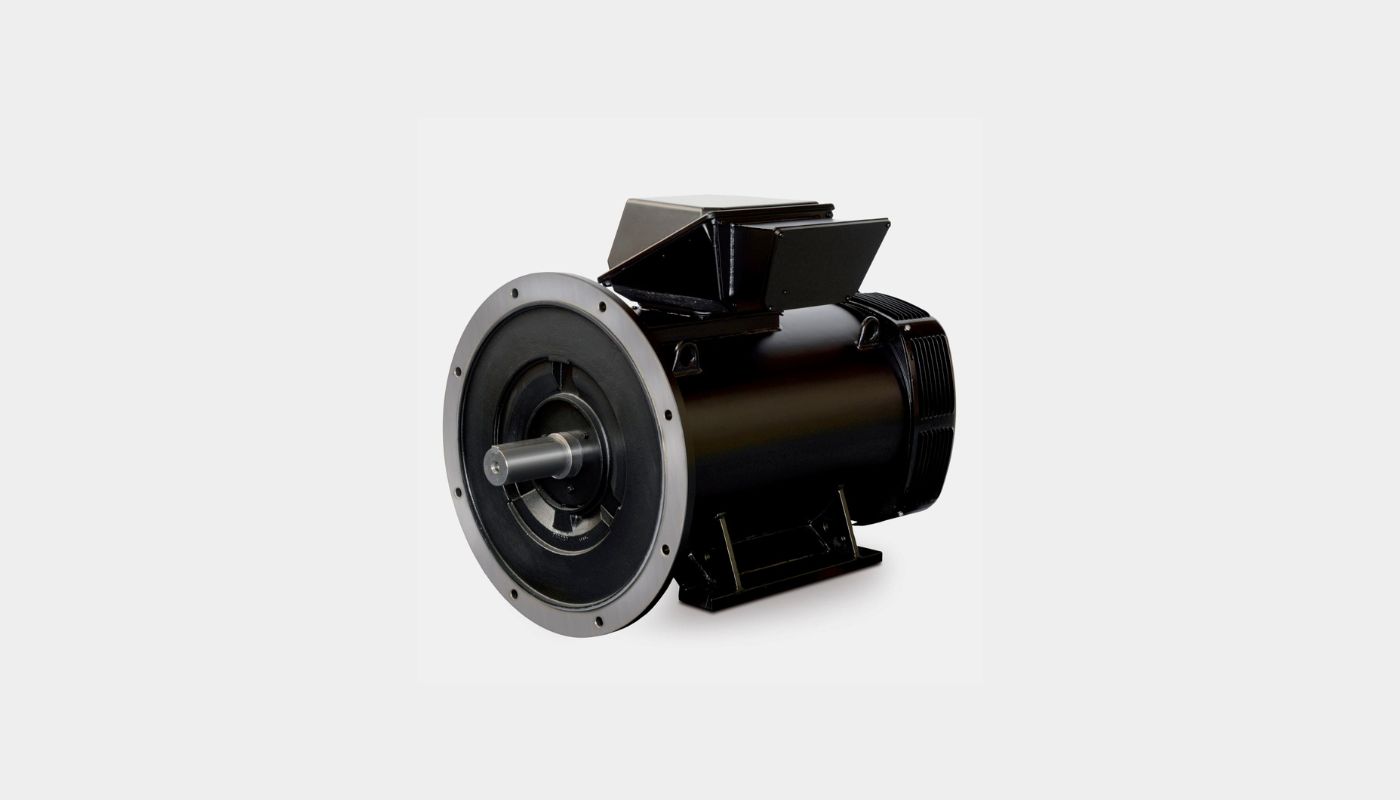

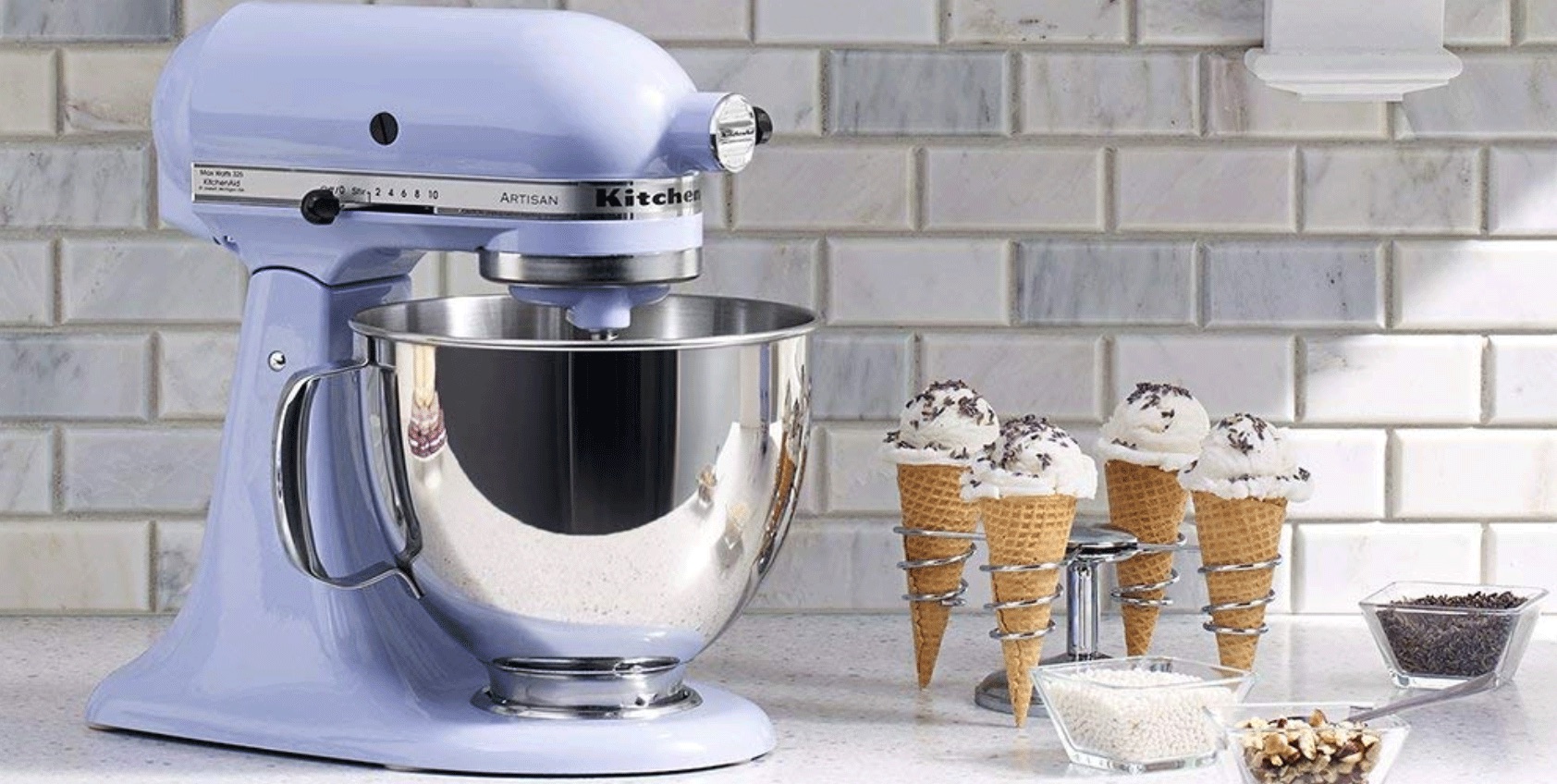
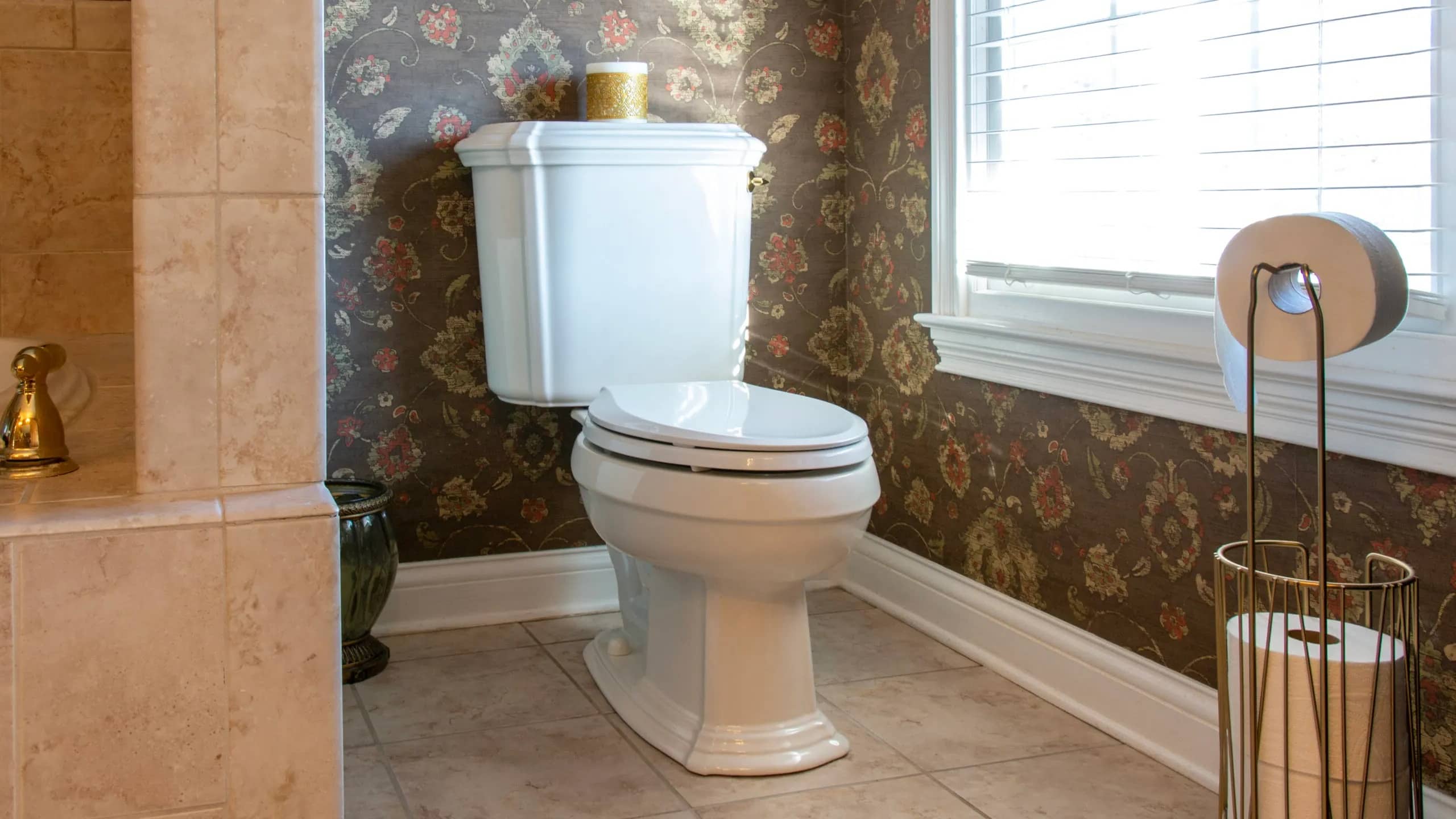



0 thoughts on “Tips For Choosing The Right Bedding For Comfort”